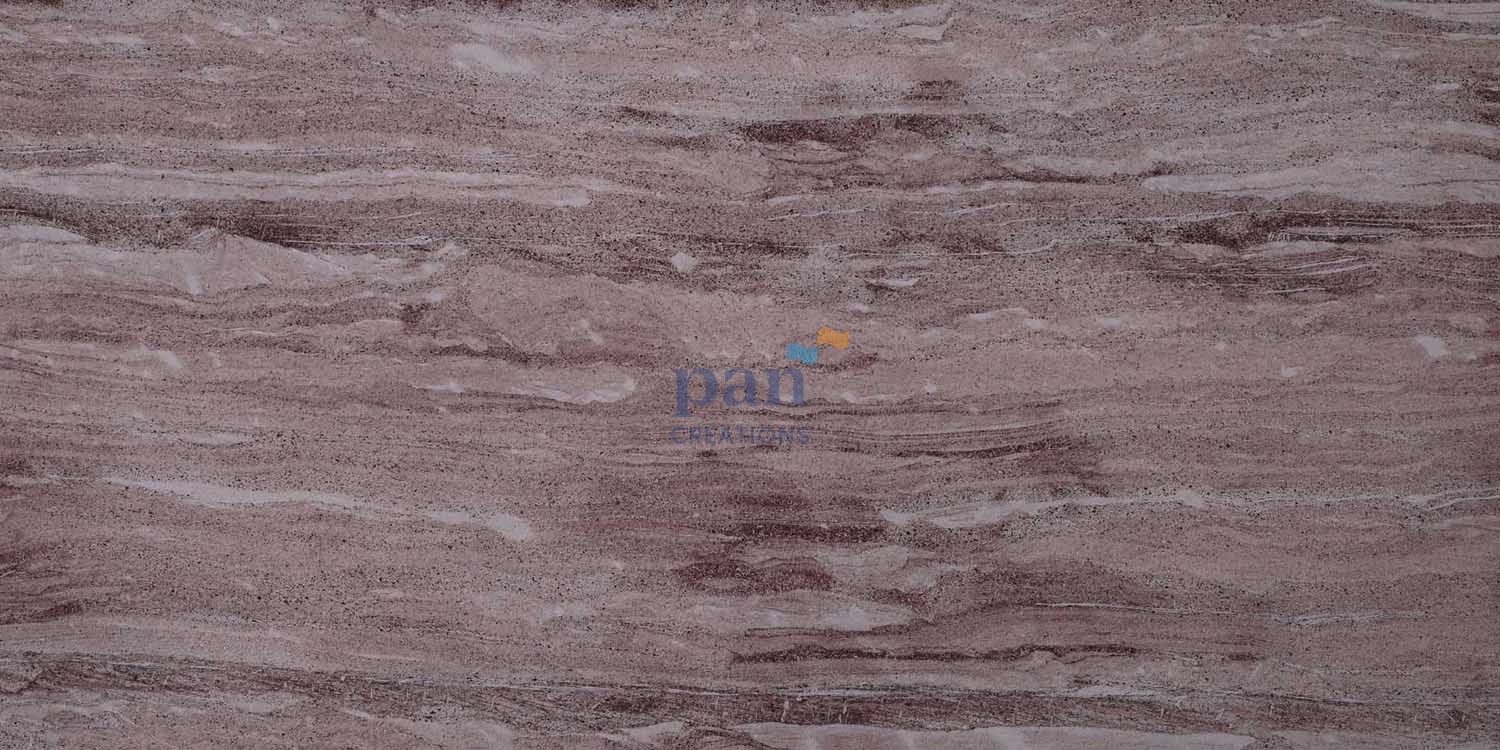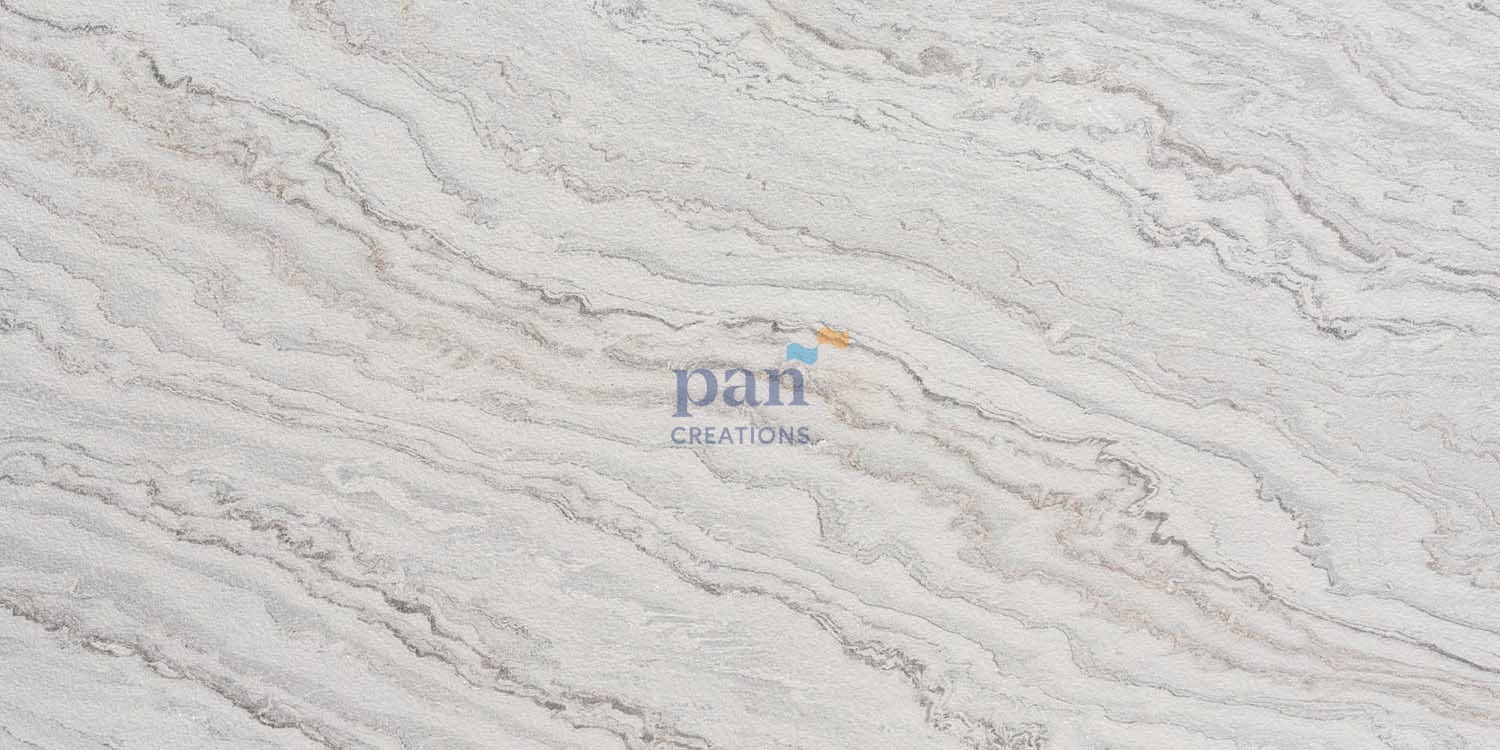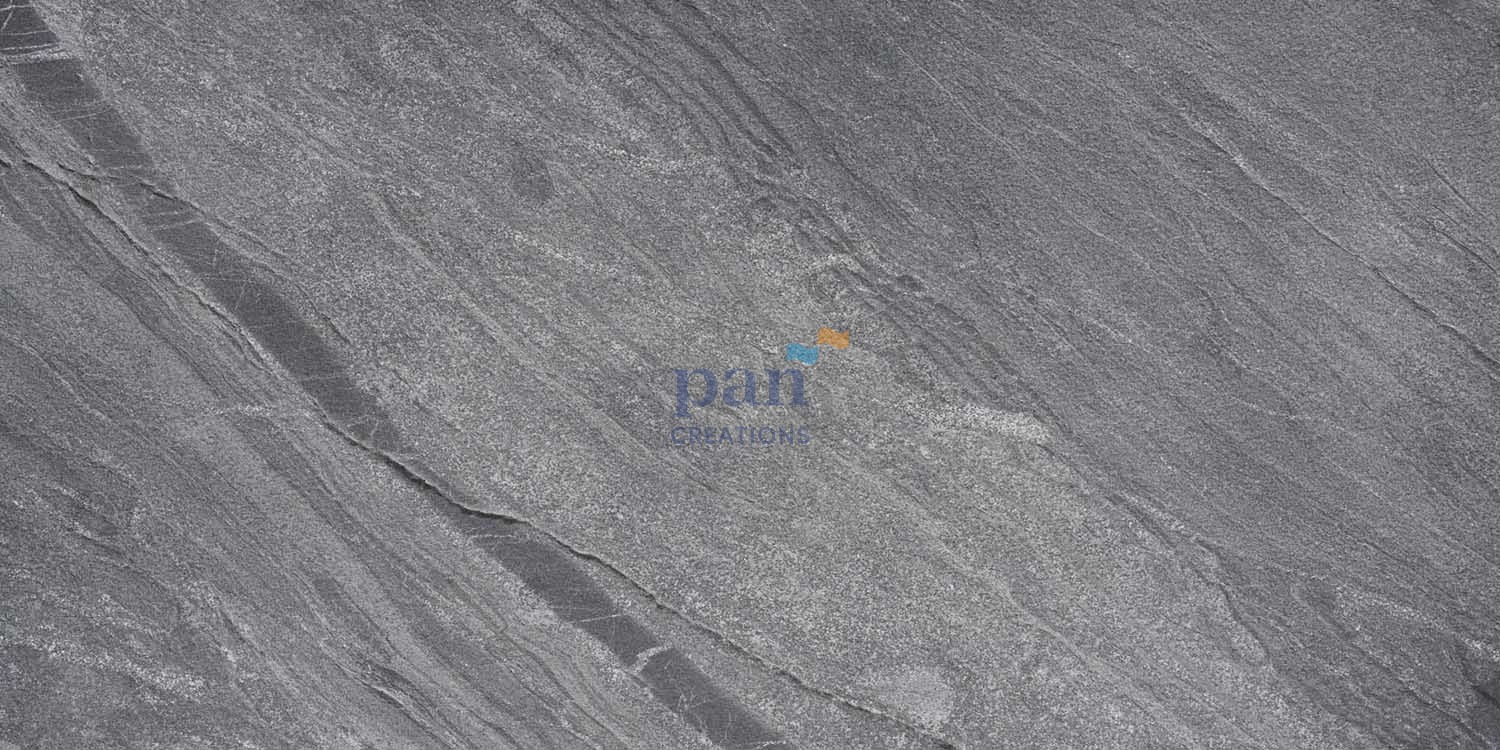Deciding how to buy stone veneer presents a savvy solution for those seeking the elegance of natural stone without the hefty price tag. Stone veneer emerges as an economical and long-lasting alternative, offering the same sophisticated appearance in a material that is thinner, lighter, and significantly easier to handle. This guide aims to illuminate the process of buying stone veneer, ensuring readers can make informed decisions with confidence.
Covering everything from the benefits and types of stone veneer to design considerations, cost, installation basics, and maintenance, this article serves as the essential guide for anyone looking to enhance their space. Whether it’s for interior elegance or exterior allure, understanding how to buy stone veneer successfully can transform your design dreams into reality, combining durability with aesthetic appeal.
What Is Stone Veneer?
Stone veneer, an innovative and versatile material, is crafted to mimic the aesthetic appeal of natural stone. This man-made product is primarily categorized into two types: manufactured stone veneer and faux stone veneer. Manufactured stone veneer is created from concrete and cast into shapes that replicate natural stones, while faux stone veneer panels are made from high-density polyurethane, offering a lightweight alternative. Both types are designed for use in a variety of architectural applications, providing an elegant stone look without the weight or cost of real stone.

Key Components:
- Manufactured Stone Veneer : A mix of Portland cement, lightweight aggregates, and iron oxide pigments, molded to look like natural stone.
- Faux Stone Veneer : Panels made from high-density polyurethane, usually no thicker than 3/4 inch, mimicking the texture and color of natural stone.
Benefits of Using Stone Veneer
The benefits of using stone veneer extend beyond its aesthetic appeal, offering practical advantages that make it a preferred choice for both interior and exterior applications. Here’s a breakdown of its key benefits:
Durability and Weather Resistance :
- Stone veneer is resilient against harsh weather conditions, including extreme temperatures and moisture, ensuring longevity.
- Its colors are stabilized with iron oxide pigments, preventing fading over time.
- Offers superior durability with a low moisture absorbency rate compared to natural stone, making it ideal for various climates.
Cost-Effectiveness and Installation Ease :
- Significantly more affordable than natural stone due to lower material and shipping costs.
- Can be easily installed on a variety of surfaces (e.g., wood, cement, brick) without compatibility issues, offering flexibility for DIY projects.
- Lightweight nature simplifies transportation and installation, reducing overall project costs.
Aesthetic and Functional Advantages :
- Enhances curb appeal and home value through its sophisticated appearance available in various colors, textures, and styles.
- Improves energy efficiency by adding an extra insulation layer, contributing to lower heating and cooling costs.
- Low-maintenance, requiring minimal upkeep to maintain its beauty, with most products offering extensive manufacturers’ warranties.
These benefits underscore stone veneer’s role as a versatile, durable, and cost-effective material suitable for enhancing both the functionality and aesthetics of residential and commercial spaces.
Types of Stone Veneer
When considering how to buy stone veneer, understanding the types available is crucial for making the right choice for your project. Stone veneer can be broadly categorized into three types:

Manufactured Stone Veneer (MSV):
- Made from concrete and aggregate materials.
- Molded into various shapes and sizes, with a wide range of colors.
- Lightweight and easier to handle compared to natural stone.
- Examples include Eldorado Stone, Coronado Stone, and Cultured Stone.
- Comes in two forms: Traditional Full Bed and Natural Thin Stone Veneer (NTSV).
- Full Bed Veneer is thicker, usually 6-8 inches, and requires skilled installation.
- NTSV is cut to about 1-inch thickness, offering more flexibility in design and application.
- Styles include Fieldstone, Ledgestone, River Rock, and more, each providing a unique aesthetic.
Faux Stone Veneer:
- A man-made alternative designed to mimic real stone.
- Typically made from a combination of cement, natural minerals, and pigments.
- Offers a cost-effective and lightweight solution for adding stone aesthetics.
Each type of stone veneer has its unique characteristics and applications, from enhancing walls and fireplaces to outdoor entertainment areas. When buying stone veneer, consider the project’s specific needs, including aesthetics, durability, and installation requirements.
Choosing the Right Stone Veneer
Choosing the right stone veneer involves several critical steps and considerations to ensure the success of your project. Here’s a concise guide to navigating these decisions:
Visual Inspection and Planning :
- Avoid relying solely on website images for choosing stone veneer. Lighting and photo editing can alter appearances significantly. Instead, view the product in person at a showroom or in an existing installation.
- Account for potential waste by ordering more than the exact square footage of your project area. Failing to do so may result in a shortage of materials.
- Collaborate with a knowledgeable distributor. Their expertise will be invaluable in sifting through options and selecting the best fit for your needs.
Measurement and Ordering :
- Have an experienced professional measure the height and width of your walls for accurate material estimates.
- Plan your project timeline and budget early, considering potential challenges to ensure timely ordering and delivery of materials. Larger projects require early planning, as they may take longer to fulfill.
Material Selection :
- When deciding between natural and manufactured stone veneer, weigh factors like style, durability, and ease of installation.
- Specify if the stone veneer is for exterior use to ensure you get materials suited for outdoor conditions.
- These steps, when carefully followed, guide you in making informed decisions, ultimately leading to a successful stone veneer project.
Design and Aesthetic Choices
Stone veneer offers a versatile and aesthetic solution to adding character and architectural interest to various parts of a home. Here’s how to leverage stone veneer for design and aesthetic choices:
Popular Applications :
- Facades and Trims : Enhance the exterior appeal.
- Chimneys : Introduce a rustic look.
- Basement Bars : Adopt a trending design.
- Fireplaces : Create an attractive focal point.
- Indoor Walls and Seating Areas : Achieve a grand entrance.
Interior Design Ideas :
- Accent Walls : Add flavor and uniqueness to decor.
- Divider Walls : Separate spaces stylishly.
- Kitchen Islands : Cover bases or highlight split-level counters.
- Backsplashes : Opt for a heat-resistant, durable, and easy-to-clean surface.
- Doorway Framing : Create a dramatic entrance.
Exterior and Interior Versatility :
Stone veneer’s suitability for both interior and exterior use allows for seamless design transitions, adding texture and character to spaces. Before choosing a stone veneer blend, browsing completed masonry projects can inspire unique design ideas, from modern restaurant booth seating to large hallways, ensuring the stone veneer selected complements the existing or planned decor seamlessly.
Cost Considerations
When planning how to buy stone veneer, understanding the cost implications is crucial. Here’s a breakdown of the key cost factors to consider:
Material Costs :
- Stone veneer: $6 to $9 per square foot
- Natural stone siding: $15 to $30 per square foot
- Mortarless stone veneer: $6 to $10 per square foot
- Manufactured stone veneer: Often costs a third to half of what natural stone does
Installation Costs :
- DIY project (siding only): $11 to $18 per square foot
- Professional installation: $13 to $22 per square foot
- Labor costs vary by region and complexity: $2 to $4 per square foot
- Labor costs for traditional stone veneer: $5 to $12 per square foot
- Easy-to-install stone veneer labor costs: $1.50 to $3.50 per square foot
Additional Considerations :
- National average for a manufactured stone veneer renovation (300 sq ft): Over $10,000
- Total installation costs range: $13,000 to $22,000 (average of $16,000)
- Factors influencing costs: Style, square footage, underlayment, old siding removal, and moisture barrier
Remember, prices, promotions, styles, and availability may vary, and it’s important to account for a waste factor—2% for manufactured stone versus 10% or greater for natural stone.
Stone Veneer Installation Basics
Stone veneer installation can vary significantly depending on the product type and application, but understanding the basics can ensure a successful project. Here are key steps and considerations:

Preparation and Tools
- Essential Tools : Gather a starter strip, trowel, jointer, grout bag, rake, and level. For cutting stone veneer, have on hand wet tile saws, circular saws with finishing blades, or angle grinders with diamond or masonry blades.
- Surface Preparation : Ensure the wall surface is clean and flat. For non-masonry surfaces, create a suitable surface by applying a water vapor barrier followed by an 18-gauge metal lath.
- Mortar Mix : Use Types S or N mortar, mixing to a firm, workable consistency. Apply a 1/2 inch layer of mortar to the prepared surface, pressing firmly into the lath and scoring the surface horizontally.
Installation Process
- Laying the Stone : Dampen the back of each stone, apply mortar, and press firmly against the scratch coat, rotating slightly until mortar squeezes out. Start from the base of the wall, ensuring consistent joint widths.
- Trimming and Fitting : Use a mason’s hammer or wide mouth nipper for any necessary trimming. Place cut edges above or below eye level to hide them.
- Finishing Touches : Fill joints with veneer stone mortar using a grout bag, smooth and compact the mortar joints for a professional finish.
Anchoring Systems and Moisture Control
- Fixing Systems : Choose between direct or adhered fixing systems, dowel anchorage, kerf anchorage, or undercut anchoring based on the stone veneer type and application.
- Moisture Barrier : For exterior walls, apply two layers of grade D waterproof building paper, overlapping seams by 6 inches vertically and 4 inches horizontally, and extend 16 inches around corners.
By following these guidelines, you can ensure a durable, aesthetically pleasing stone veneer installation that enhances any space.
Interior and Exterior Applications
Stone veneer’s versatility extends to both interior and exterior applications, enhancing spaces with its texture and character. Here’s how it can be utilized:
Interior Applications
- Accent Walls and Archways : Adds depth and texture, transforming plain spaces into focal points.
- Doorways and Arches : Frames entrances, creating inviting transitions between rooms.
- Rustic Kitchen Backsplashes : Offers a durable, easy-to-clean surface that adds warmth.
- Stone Veneer Fireplaces : Elevates the aesthetic of living spaces, from classic to contemporary designs.
Exterior Applications
- Stone Veneer Siding : A thin layer of stone applied with mortar, boosting curb appeal and property value.
- Columns and Mailbox Surrounds : Enhances the architectural details of the exterior.
- Decking and Outdoor Kitchens : Provides a durable, stylish surface for entertaining areas.
- Chimneys and More : Adds elegance and durability to outdoor structures.
By integrating stone veneer in these various ways, homeowners can achieve a harmonious balance between functionality and style, both inside and outside their homes. Whether it’s creating a cozy indoor fireplace or a welcoming outdoor patio, stone veneer offers endless possibilities for enhancing your home’s appeal.
Care and Maintenance of Stone Veneer
Maintaining the beauty and durability of stone veneer requires simple, regular care. Here are the essential steps and tips to ensure your stone veneer remains in top condition:
Regular Cleaning
- Initial Step : Lightly wet the stone surface before cleaning to prevent soap from seeping into the stone.
- Cleaning Solution : Mix water with a mild detergent. Avoid using harsh chemicals, abrasives, or power washing as these can damage the stone’s surface.
- Tools : Use a soft nylon brush, sponge, or cloth for cleaning. For outdoor areas, a hose can be used for rinsing.
- Rinse Thoroughly : After cleaning, ensure all soap residue is removed with a damp cloth or sponge to avoid leaving any film on the stone surface.
Sealing Stone Veneer
- Interior vs. Exterior : Interior stone typically doesn’t require sealing. Exterior stone, especially in areas with extreme weather, benefits from a breathable silane or siloxane sealant.
- Application : Apply sealant according to the manufacturer’s instructions, testing on a small, inconspicuous area first to ensure desired results.
- Frequency : Re-seal the surface every one to two years, or as needed, to protect against stains and damage.
Preventative Maintenance
- Repointing : Regularly check and repair weakened mortar joints to prevent water ingress and damage.
- Weed and Moss Removal : Especially important in outdoor settings, keep the stone surface clean of any plant growth.
- Spill Management : Promptly clean spills to prevent staining.
- Inspection : Regularly inspect for signs of damage like cracks or chips and address immediately to maintain structural integrity.
By following these straightforward care and maintenance steps, your stone veneer will continue to enhance your home’s aesthetic and structural appeal for many years.
Conclusion
Through this comprehensive guide, we’ve explored the multifaceted world of stone veneer, from its aesthetic appeal and practical benefits to the considerations necessary for selecting, installing, and maintaining this versatile material. By understanding the differences between manufactured, natural, and faux stone veneers, alongside the detailed insights into cost, design possibilities, and application techniques, readers are well-equipped to make informed decisions that align with their design visions and functional needs. Whether aiming to enhance interior charm or exterior elegance, stone veneer presents a durable, cost-effective, and attractive solution.
Incorporating stone veneer into your space not only elevates its aesthetic but also adds value and durability, proving it to be a worthwhile investment for both residential and commercial projects. For those seeking premier quality and variety in stone veneer options, consider Pan Creations India, a leading manufacturer and exporter of flexible stone veneer, including Thin stone, Real SandStone, and more. Embarking on your stone veneer project with informed choices ensures a seamless blend of beauty and practicality, achieving results that stand the test of time and reflect your unique style and preferences.

